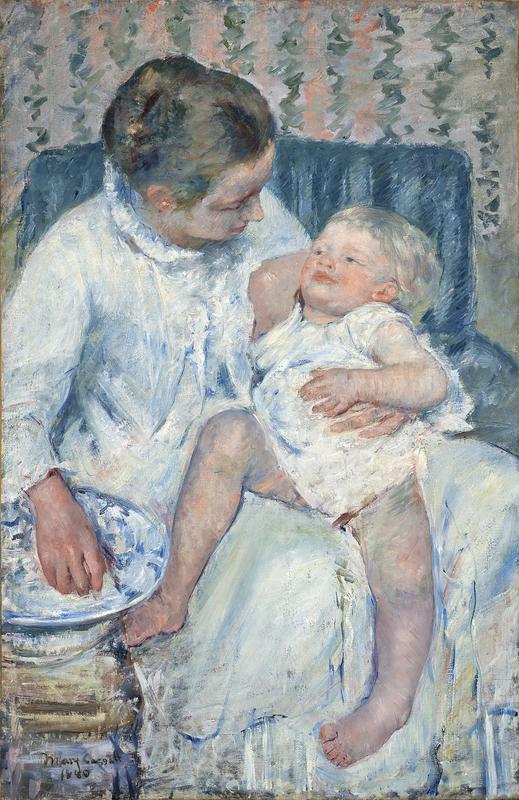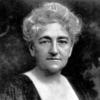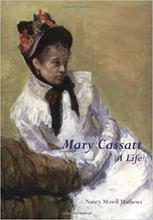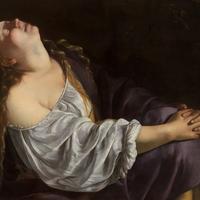More about Mother About to Wash Her Sleepy Child
- All
- Info
- Shop

Contributor
Mary Cassatt shows us the, uh, “best” way to hold a baby.
There are a couple problems with this painting's title, "Mother About to Wash Her Sleepy Child." First of all, does it look like Mama has ever actually held this baby before? Whole books have been written on the optimal way to position a bundle of joy upon one's lap, and there's not a single word in any of them that advocates throwing one of his legs over your knee while you let all the blood pool in the other one. Secondly, has she got anything to wash him with besides that one soapy dish? Because she seems to be having trouble even getting her hand all the way in there, and by no metric would that be considered a small kid. Thirdly, look at Junior's face—he might not know how to talk, but those eyes are saying “If I happen to be sleepy it's only because somebody mixed whiskey into my milk bottle.” (Also, big ups to Mary Cassatt for the choice of brown paint on the edge of Junior's diaper—high art, ladies and gentlemen!)
Mary Cassatt would dip into the well of mother-and-child imagery a great deal over the years, but Sleepy Child represents one of her earliest whacks at the subject. It's also one of her earliest flirtations with techniques she'd learned from Japanese art, then immensely popular in the European painting scene—intimate domestic imagery, cropped edges, designs featuring heavy patterning—though here it's more of a background influence than the dominant guiding principle it would become for her in later years (compare Sleepy Child with 1891's The Bath, for instance). One can also see the influence of Cassatt's mentor Edgar Degas here, but oh my God how about we try to be the first website in the world not to use one of the only women ever invited to join the Impressionists as an awkward excuse to drool all over Degas. Jesus.
Sleepy Child was eventually bought by Alfred Pope, a wealthy industrialist who was also one of the first American collectors of Impressionist work. Pope's interest in the Impressionist circle and his purchase of this painting led to Cassatt's introduction to his daughter Theodate, now regarded as one of the first prominent female architects in America, and the two became good friends. Theodate would later go on to survive the wreck of the Lusitania which, taken alongside this painting, leads one to assume that Mary Cassatt just had a thing for hanging around with people who weren't easily submerged in water.
Sources
- Mary Cassatt: An Intimate Japonisme at MichelineWalker.com: https://michelinewalker.com/2013/07/16/mary-cassat-an-intimate-japonism…
- Mother About to Wash Her Sleepy Child at LACMA: http://collections.lacma.org/node/233513
- The Pope Riddle Family at The Hill-Stead Museum: http://www.hillstead.org/about-us/family-history/













